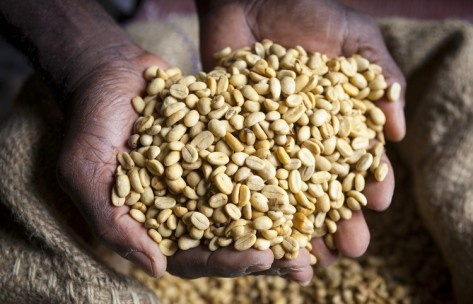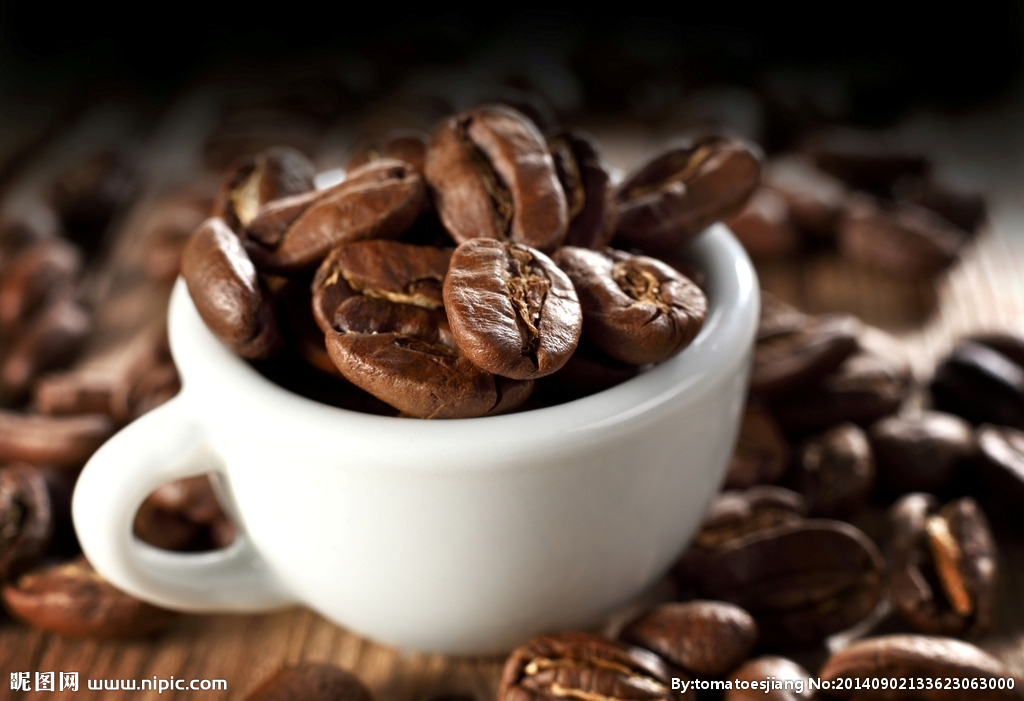Introduction to Dominica Santo Domingo Coffee Manor with excellent acidity and pleasant fragrance
In December 1492, Christopher Columbus arrived on Hispaniola on his first voyage. On his second voyage there in 1493, Santo Domingo became the capital of the island. [3]
Thousands of Tylenos were demoted to slavery and engaged in gold mining. Due to a series of oppression, hunger and disease, by 1535, the Tino had only 60,000 left. In 1501, King Ferdinand I and Isabella of Spain were the first to allow Caribbean colonists to introduce slaves from Africa. They began to arrive on the island in 1503. [3]
In the early days, the Spanish island was the main colony of the Spanish in the New World. After the Spanish conquered the Aztec Empire and the Inca Empire, they began to focus on the American continent and gradually ignored Hispaniola. [3]
In 1586, Captain Drake of England led a fleet to attack Santo Domingo, but was stationed
Dominica
Dominica
The Spanish troops repelled. Between 1605 and 1606, towns on the west coast of Hispaniola were often plundered by pirates, resulting in the fact that most of the local population moved inland to Santo Domingo and returned to Spanish rule. On 30 November 1821, the former Governor of Santo Domingo, under the leadership of General Jos é N ú ñ ez de C á ceres, proclaimed statehood, named Haiti, Spain, and expected to merge under the Greater Colombian State led by President Bolivar of South America. [3]
But nine weeks later, in February 1822, the president of Haiti, Jean-Pierre Bouyer, occupied Spain and Haiti, and once again completed the reunification of the island. After Boyer occupied the eastern Spanish state of Haiti and liberated all the local slaves, Bouyer ordered the confiscation of the land of the white landlords and the complete return of the agricultural land of the whole country. Bouye closed all universities at the same time, included all multinational (Dominican Republic for short) men between the ages of 18 and 25 in the army, and began to adopt a high-handed policy towards many countrymen. Many upper-class whites left the island and fled to Cuba, Puerto Rico and other regions, Pedro Santana inherited a government on the brink of collapse. He began negotiations with Queen Isabella II of Spain and the Governor of Cuba to make Dominica a dependent state of Spain. In March 1861, Santana officially restored the Dominican Republic to Spain. But the voices of opponents continued, and in 1863 the Patriotic War was waged, led by General Roriquez, Moncio and Gregorio Ruperon. The Haitian regime in the west at that time was worried that Spain would threaten Haiti when it returned to Dominica, so it actively supported the rebels. The United States, which is in a state of civil war, also strongly protested Spain's return to Dominica for colonial policy. The war of reversion lasted less than three years, and the Spanish army was completely withdrawn from the island in 1865
Turning to the introduction of Dominican coffee, the most distinctive features are fresh and elegant, full of particles, excellent acidity and pleasant flavor (two colleagues agree with this). Such flavor characteristics are not only related to varieties and soil quality, but also closely related to the picking and handling of raw beans. Coffee in Dominica is selected by the manual method with the highest cost, and workers mainly consider the fullness of coffee granules and the uniformity of coffee granules. According to these conditions, the coffee beans with the fullest and most uniform grains can represent the best quality in Dominica. The finest coffee. And only use water washing treatment to ensure the high quality and stability of coffee beans. Coffee beans treated with water washing taste cleaner, exude a touch of pure and soft aroma, and make people feel a faint fruity aroma and a winding aftertaste. The earliest coffee in Dominica was introduced from Martinique (the overseas province of France), dating back to the early 18th century. Dominica is an island country with a tropical climate, with little change in temperature throughout the year. Except for the lower temperature in the Central Cordillera Mountains, which can reach less than 0 ℃ in winter, the average annual temperature in other areas is between 25 and 30 ℃, while affected by the mountain topography, the north and east face the northeast trade wind with an annual precipitation of 1500-2500 mm, which belongs to tropical maritime climate. The mountain forest is dense, the leeward southwest annual precipitation is 500-1000 mm, the dry season is long, belongs to the savanna climate.
The temperate climate in Dominica is conducive to coffee cultivation, and the best places to grow coffee are the Barahona region in the southwest and the Cibao Valley north of Santiago, Dominica's second largest city. The northern region, represented by Hibao, and the southern region, including Okayabani Santo Domingo, produce good coffee. Among them, the coffee produced by Santo Domingo and Barney is famous in the world, and it is almost synonymous with Domiga coffee. The Dominican Republic has also experienced a history of turbulence and poverty, and now the country has implemented democratic elections and entered a period of stable development. however, it has not yet formally established diplomatic relations with China, but has maintained so-called "diplomatic relations" with Taiwan. It seems that this has nothing to do with coffee, but in fact, it still has an impact. The exchanges between the two countries that have not established diplomatic relations are subject to many restrictions in all aspects, of course, it will also affect our coffee trade. Dominican coffee is mainly exported to the United States and a small number of European countries because of its superior quality, which is rarely seen in our Chinese mainland.

Important Notice :
前街咖啡 FrontStreet Coffee has moved to new addredd:
FrontStreet Coffee Address: 315,Donghua East Road,GuangZhou
Tel:020 38364473
- Prev

Fragrant, pure, slightly sour El Salvador Himalayan coffee flavor, characteristics, taste
Sunshine 100Himalayas, located in Chongqing's most characteristic Nanbin Road and the confluence of the two rivers, occupies the billiard CBD center, and Jiefangbei CBD, Jiangbei mouth CBD together constitute the Chongqing CBD core. Settling in the Sunshine Himalayas means sitting on the golden triangle of Chongqing CBD! Secondly, the development and construction of Sunshine 100 Himalayas are invited to world-class teams, such as the world's top luxury.
- Next

The sweetness of the fragrant fruit makes people forget the flavor, characteristics and taste of Costa Rican Saint Roman coffee.
Coffee cherries are hand-selected by coffee farmers to remove overripe or immature cherries, and then produce them. A 3-disc aagaarde peeling machine is used to remove the peel and pulp, and then the machine is divided into three grades according to the density of coffee beans. Grade 1 and 2 raw beans are fermented separately, while grade 3 is low-quality raw beans. The raw beans were fermented in a cool place for about 24 to 36 hours.
Related
- Detailed explanation of Jadeite planting Land in Panamanian Jadeite Manor introduction to the grading system of Jadeite competitive bidding, Red bid, Green bid and Rose Summer
- Story of Coffee planting in Brenka region of Costa Rica Stonehenge Manor anaerobic heavy honey treatment of flavor mouth
- What's on the barrel of Blue Mountain Coffee beans?
- Can American coffee also pull flowers? How to use hot American style to pull out a good-looking pattern?
- Can you make a cold extract with coffee beans? What is the right proportion for cold-extracted coffee formula?
- Indonesian PWN Gold Mandrine Coffee Origin Features Flavor How to Chong? Mandolin coffee is American.
- A brief introduction to the flavor characteristics of Brazilian yellow bourbon coffee beans
- What is the effect of different water quality on the flavor of cold-extracted coffee? What kind of water is best for brewing coffee?
- Why do you think of Rose Summer whenever you mention Panamanian coffee?
- Introduction to the characteristics of authentic blue mountain coffee bean producing areas? What is the CIB Coffee Authority in Jamaica?

